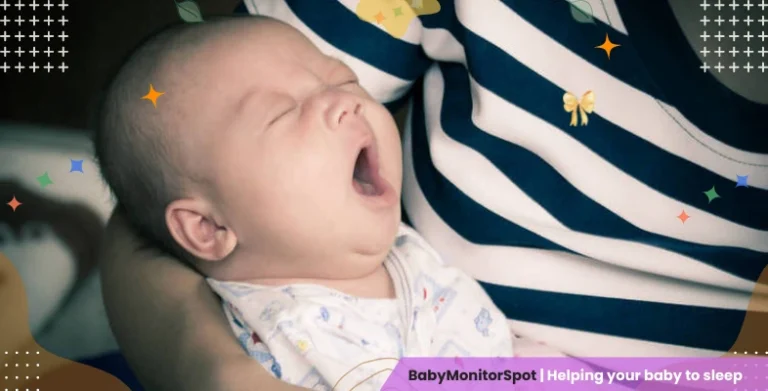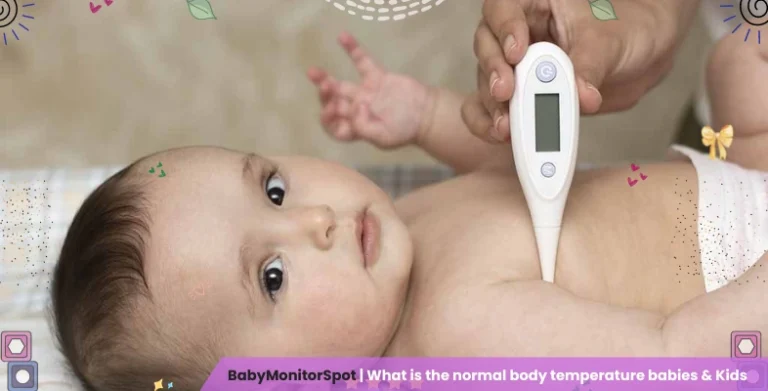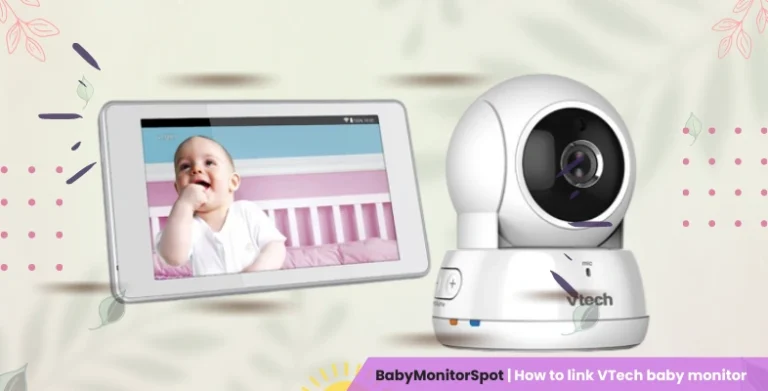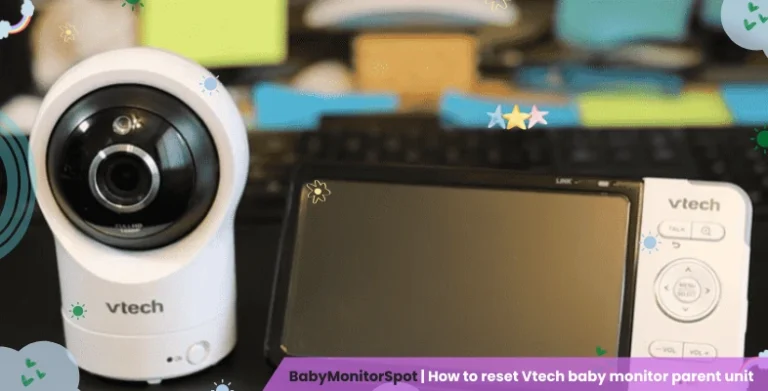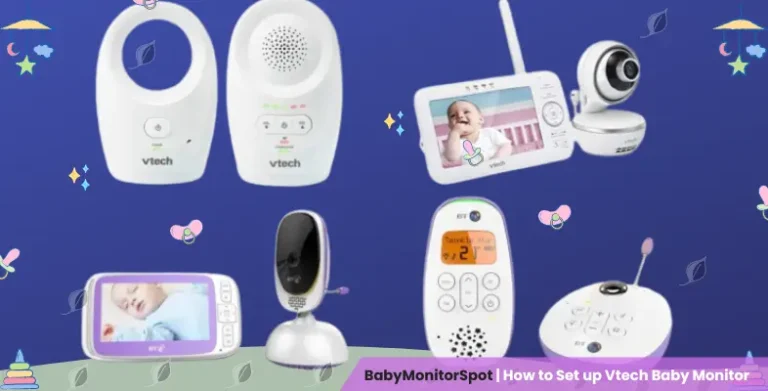How To Keep Water Out Of Baby’s Ears During Bath In 2023? | Baby Bath Guide – 4 Simple Ways
- Ejaz
- UpdatedMay 13, 2023

As a good parent, one of the most important things you should know is how to keep water out of baby’s ears during bath. If you’re like most parents, you’ll probably be researching how to keep your baby safe during bath time. However, preventing your baby from getting water in their ears is challenging. Here’s a simple solution to keep your baby safe and dry during bath time.
In this guide, I will suggest 4 simple tips for removing water from the baby’s ear during the bath. I will also discuss some parents’ mistakes, how to save a baby during bath time, and some essential FAQs.
So, read this comprehensive baby bath guide to save your baby’s ears next time 🙂
How to keep water out of baby's ears during bath? 4 Simple Ways
1. Cotton balls coated with vaseline
You can use vaseline-coated cotton balls or petroleum jelly to help keep the baby’s ears dry while she’s taking a bath. This is one of the best ways to keep her ears dry because it provides extra protection against water. Vaseline is non-toxic and won’t harm the baby.
How to use vaseline on a baby's ears?
Wet a cotton ball with warm water and apply a thin layer of vaseline to the outer side of the ball. Then, placed the ball in one of her ears. You can use a clean washcloth to keep the baby’s head dry.
2. Use shower cap
A shower cap can cover the baby’s head and ears while in the shower. It will also help prevent shampoo from dripping on her eyes and hair.
3. Wipes
Wipes can wipe off the baby’s face and hands. They’ll also help to prevent water from getting into her eyes.
4. Earplugs
- Use an earplug with a silicone base for babies under two months. The plugs can be washed and reused.
- Use an earplug with a rubber base for babies older than two months.
- Make sure that it is not too big or too small.
- Use a cotton swab to clean the baby’s ears.
How to keep a baby safe during bath time?
Your little one’s head is probably the most vulnerable part of her body. It’s the part exposed to the elements and is most likely to get wet when you take a bath or shower. So, make sure that you keep her head dry. Here are some tips to help you do that.
- Don’t use too much soap to clean your baby’s head. If you do, you might end up getting soap in her ears.
- Use a washcloth to wipe away any excess soap from her face.
- Be sure to rinse the washcloth out thoroughly before drying her off with another clean towel.
- Make sure that the towel is not too big and that you don’t wrap it too tightly around her neck.
- Use a blow-dryer to dry her hair instead of running a towel over it. A blow-dryer will be gentler and won’t damage her hair.
- When you wash your baby’s body, use a washcloth instead of a sponge. This will help her feel less like she’s being scrubbed.
10 mistakes parents make during baby bath time
1. When to start bathing baby?
Generally, you should start bathing your baby around 3-6 months old. This will allow the skin to resist the temperature of the water and enable you to get to know your baby better. You can even start bathing her at two months old.
2. Quality time is ignored during bath sessions
This is a very important fact that many parents don’t know about. The reason is that they often think that they don’t have enough time to bathe their children properly. And that’s why they end up bathing them in a hurry, or even without considering the time spent in the bath.
3. How to bathe your baby?
There are different methods for bathing a baby. But there are some basic principles that all babies should be bathed similarly. First, wash her hands thoroughly with soap and warm water. Then gently pat her down to remove any excess dirt or debris.
Next, you’ll want to wear a clean pair of cotton underpants. After that, ensure you wash her face, ears, mouth, and eyes. And then, after all that, you’ll want to rinse her off with a small amount of warm water.
4. Bath water can be bad for your child's ears
When babies and children are bathed, the water can get in their ear canals. This is called otitis externa (ear infection). If water gets in your child’s ear, it can cause several problems. For example, letting water get in your child’s ear for a long time can cause an earache. Water in your child’s ears can also lead to infections like meningitis and brain damage.
5. The parents do not know how to dry the baby after a bath
Parents’ most common mistake is not drying the baby properly after the bath. This can lead to ear infections, diaper rashes, and skin irritation. The first thing you need to do when your baby gets out of the bath is dry off her entirely. You should ensure that she is dry before you put her into her crib or bassinet. The most important part of drying off your baby is her head. If you don’t dry her head correctly, you could have water on her face and in her ears. That’s why you should make sure that you dry her head completely.
6. Clutching shampoo in the baby's eyes
If you use shampoo on your baby, it can cause irritation or even damage to her eyes. So, make sure you rinse your baby thoroughly after a bath. This will help prevent any of the shampoos from getting into her eyes. You should also avoid using any shampoo with sulfates in it. They can irritate a baby’s skin.
7. Losing control of shampoo
If you accidentally get some of the shampoos into your baby’s mouth, it could make her choke. If this happens, don’t try to wash out her mouth. Instead, get the shampoo off her face. Once she’s free of it, you can rinse her mouth out with a bottle of water.
8. Getting shampoo in baby's ears
When bathing your baby, it’s easy to accidentally get shampoo into her ears. This could lead to a buildup of the soap inside them, which could cause infection and damage. So, when you’re bathing your baby, be extra careful.
9. Pinching the baby's nose and eyes
If you lift your baby’s nose and eyes when you’re bathing her, it can hurt her. So, when you’re cleaning your baby, use your hands to wipe her face gently. Don’t pinch her nose or eyes while doing this.
10. Sudden temperature drops
When bathing your baby, it’s essential to avoid sudden temperature drops. Babies’ bodies are more sensitive to temperature changes than adults. So, if you notice that your baby is suddenly cold, make sure you warm her up again before you put her down for bed.
What should be done if the water gets into the baby's ears?
Water getting into your baby’s ears can be dangerous. It can cause swelling and even permanent hearing loss. If you notice water getting inside your baby’s ear, please don’t panic. Here are a few things you should try:
- Remove the baby from the bathtub and dry her with a towel.
- If the baby is too tiny to remove from the bathtub, use a plastic cup to hold her head up while you pour out the water.
- You can also use a hair or blow dryer to dry her ear.
- Try using a cotton ball to remove the water.
How do I know if the baby has water in his ear?
The first sign that your baby might have water in her ears is a redness or swelling inside her ear. You should immediately stop bathing your baby and take her to your doctor. If you see the water in her ears, you can get it out using cotton swabs. Try it before going to the doctor.
What is a swimming ear plug?
A swimming ear plug is a small device to keep water from your baby’s ears. They are made from soft material, so they don’t hurt or irritate your baby’s skin. You can also use them for bath time.
Why should you use a swimming ear plug?
Keeping your baby safe is your first priority when bathing him. Swimming ear plugs effectively block water from getting into the baby’s ears. It doesn’t hurt your baby’s skin and is easy to clean.
How do swimming ear plugs work?
Swimming ear plugs to block the flow of water through your baby’s eardrum. This stops water from entering his ear canal. It also helps to prevent any possible infections that can develop in your baby’s ear.
Conclusion
There are two main methods of keeping water out of a baby’s ears during a bath. The first method uses cotton balls, and the second is an earplug to prevent the water from getting into the ears. The best way to avoid ear infections is to ensure your baby is always dry.
I hope this article is beneficial to you. If you still have problems or questions about keeping water out of the baby’s ears during the bath, kindly ask in the comment section.
Thanks for visiting 🙂

